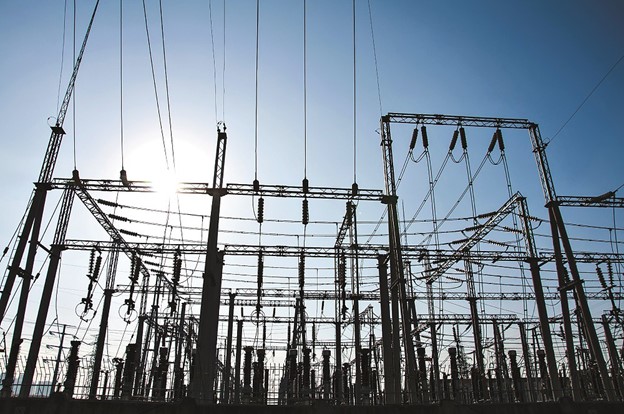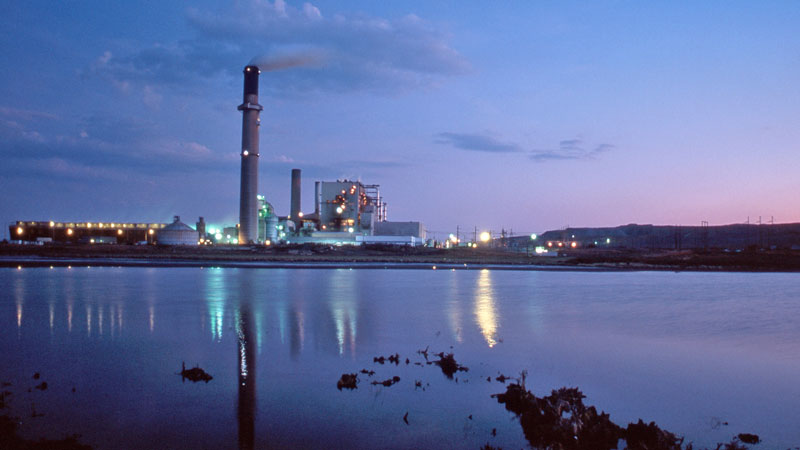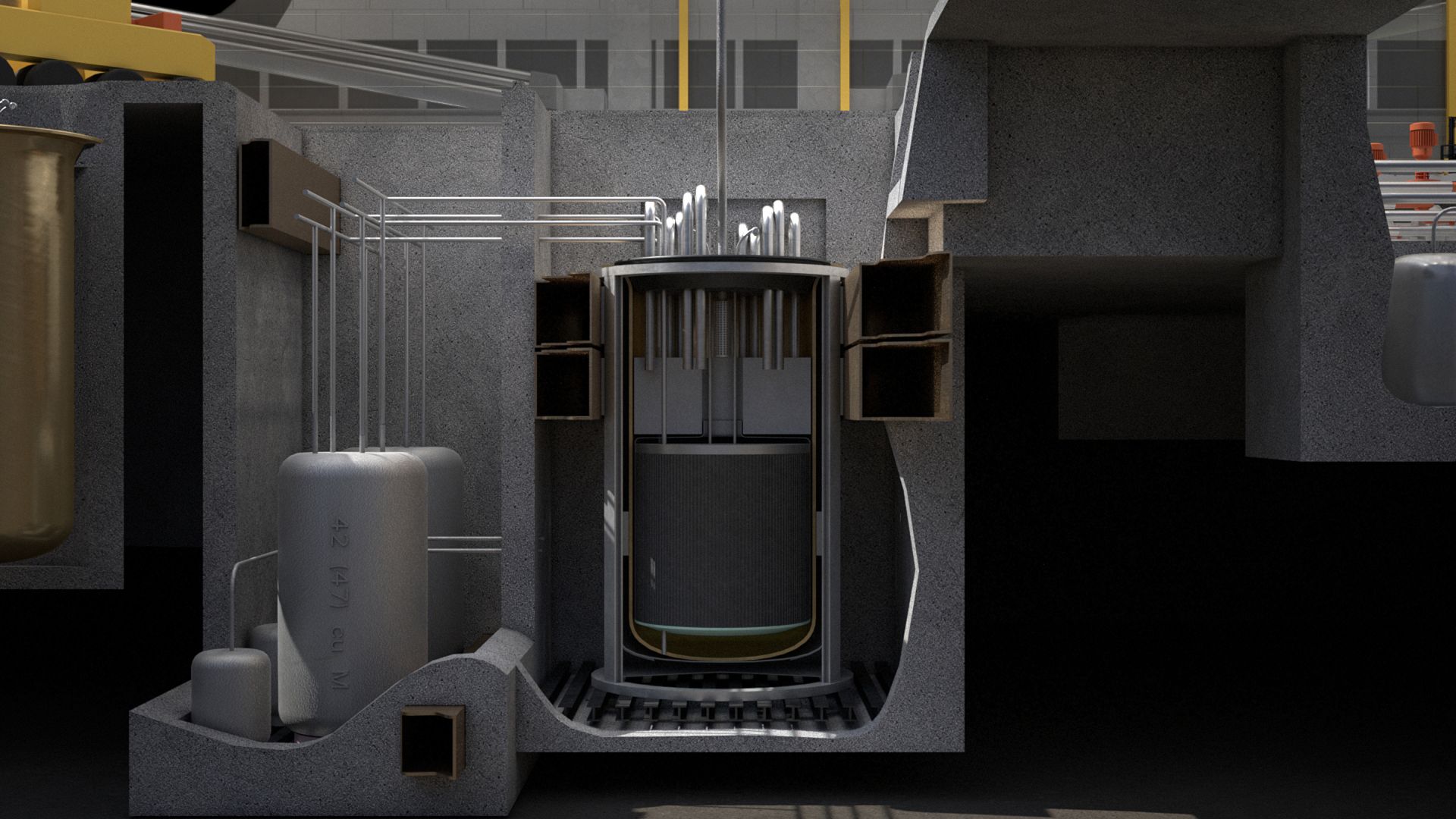The Naughton coal-fired power plant near Kemmerer, Wyo., has two units set to retire in 2025 and be replaced by a TerraPower Natrium reactor. (Photo: PacifiCorp)
Nuclear power generation surpassed coal generation in the United States for the first time in 2020. As utilities continue to retire coal-fired plants, reusing the shuttered sites to host nuclear reactors could help the nation reach the goal of net-zero emissions by 2050 and prove economically beneficial both for nuclear deployments and for the communities impacted by fossil fuel generation. That’s according to a Department of Energy report released this week, detailing how hundreds of U.S. coal power plant sites that have recently retired or plan to close within the decade could be suitable for new nuclear power plants. Nuclear power’s high capacity factors mean those plants could deliver an added benefit—delivering more baseload power to the grid from the nameplate capacity replacement.
Artist’s rendering of the IMSR Core-Unit. (Credit: Terrestrial Energy)
In the ongoing quest to mitigate the effects of climate change, new technology can create new solutions. Even today, however, coal is still a main source of power around the globe, often out of necessity. Many coal-burning plants have already been converted for gas or biomass, but these measures alone are not nearly enough to meet net-zero carbon goals. There is a better solution, however: repowering coal plants with nuclear technology—specifically, Generation IV reactors.




